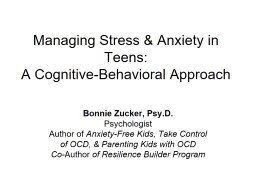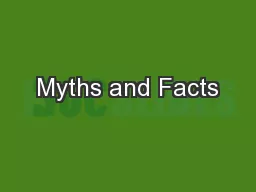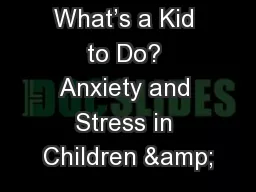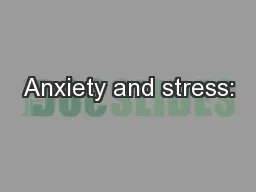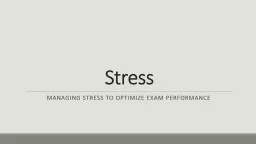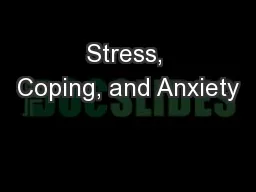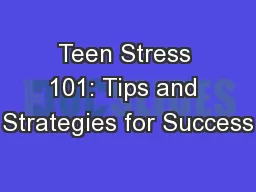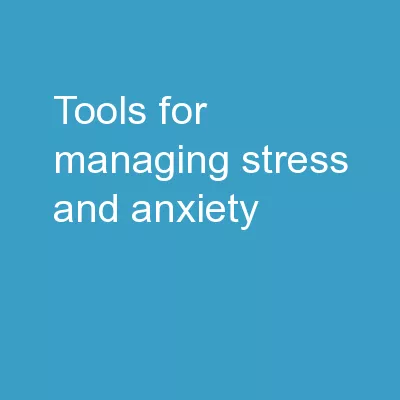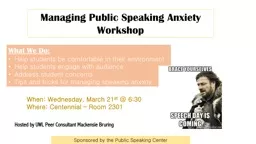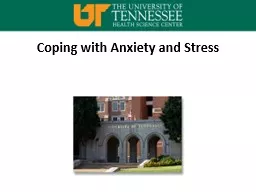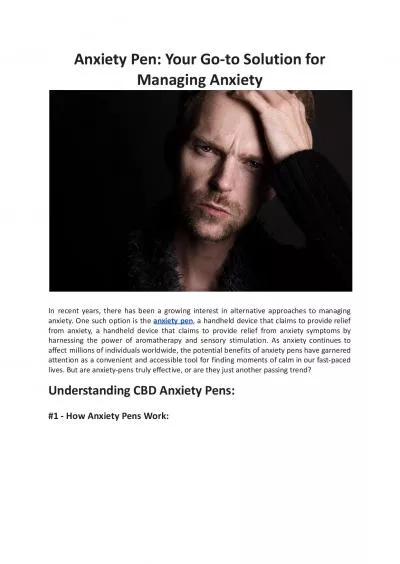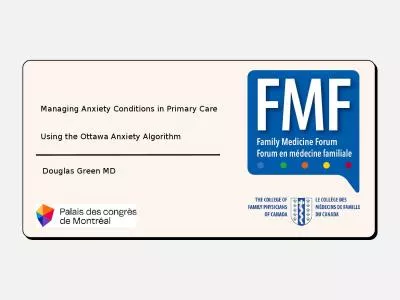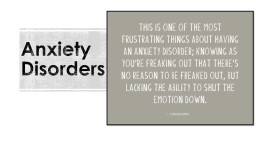PPT-Managing Stress & Anxiety in Teens:
Author : ceila | Published Date : 2023-05-20
A CognitiveBehavioral Approach Bonnie Zucker PsyD Psychologist Author of AnxietyFree Kids Take Control of OCD amp Parenting Kids with OCD Co Author of Resilience
Presentation Embed Code
Download Presentation
Download Presentation The PPT/PDF document "Managing Stress & Anxiety in Teens:" is the property of its rightful owner. Permission is granted to download and print the materials on this website for personal, non-commercial use only, and to display it on your personal computer provided you do not modify the materials and that you retain all copyright notices contained in the materials. By downloading content from our website, you accept the terms of this agreement.
Managing Stress & Anxiety in Teens:: Transcript
Download Rules Of Document
"Managing Stress & Anxiety in Teens:"The content belongs to its owner. You may download and print it for personal use, without modification, and keep all copyright notices. By downloading, you agree to these terms.
Related Documents

